Si la pop-culture regorge de “Wunderwaffen” (armes miracles nazies) ou de projets militaires secrets issus de la Guerre Froide, on peut en revanche s’étonner de ne jamais l’avoir vue s’emparer d’un engin pourtant bien réel et parfaitement opérationnel : l’Ekranoplane. Et pourtant, on ne peut pas dire que ce genre de monstre, mi avion, mi navire, soit véritablement discret, et son look badass devrait immédiatement le qualifier comme un incontournable du jeu vidéo ou du blockbuster…
L’effet de sol…
L’Ekranoplane (ou Ekranoplan) n’est, contrairement à ce que son apparence laisse penser, ni un avion, ni un navire. Il est ce qu’on désigne comme un engin à effet de sol.
L’effet de sol est un phénomène aérodynamique qui survient lorsqu’un objet volant se trouve près du sol. Il génère alors, par sa portance et sa trainée, un coussin d’air qui décuple ses performances. Les oiseaux maitrisent parfaitement cette propriété, qui est aussi très utilisée par les pilotes d’hélicoptère, ainsi que dans le sport automobile.
Le concept d’Ekranoplane, inventé par l’ingénieur russe Rostislav Alekseïev, exploite au maximum cette particularité physique : l’engin, équipé de puissants réacteurs, prend de la vitesse sur une surface aquatique, jusqu’à générer suffisamment de portance pour déclencher le fameux “effet de sol”, tout en restant le plus près possible de l’eau pour en maximiser le bénéfice.
Une arme miracle pour les Soviétiques ?
Pour l’URSS, la recherche sur les Ekranoplanes répond, globalement, à la même doctrine que celle qui porte les projets sur les hydroglisseurs géants : transporter le plus vite possible (et sous les seuils radar) d’importantes quantités d’hommes et de matériels pour saisir des détroits stratégiques en Baltique, en mer du Nord, en Caspienne ou en Mer Noire…
Si l’option de l’hydroptère (navire équipé de foils, technologie aujourd’hui présente sur de nombreux bateaux de course, ainsi que sur certains semi-rigides destinés aux forces spéciales) est, un temps, étudiée, les ingénieurs soviétiques privilégient, dès les années 50, le concept d’Ekranoplane.
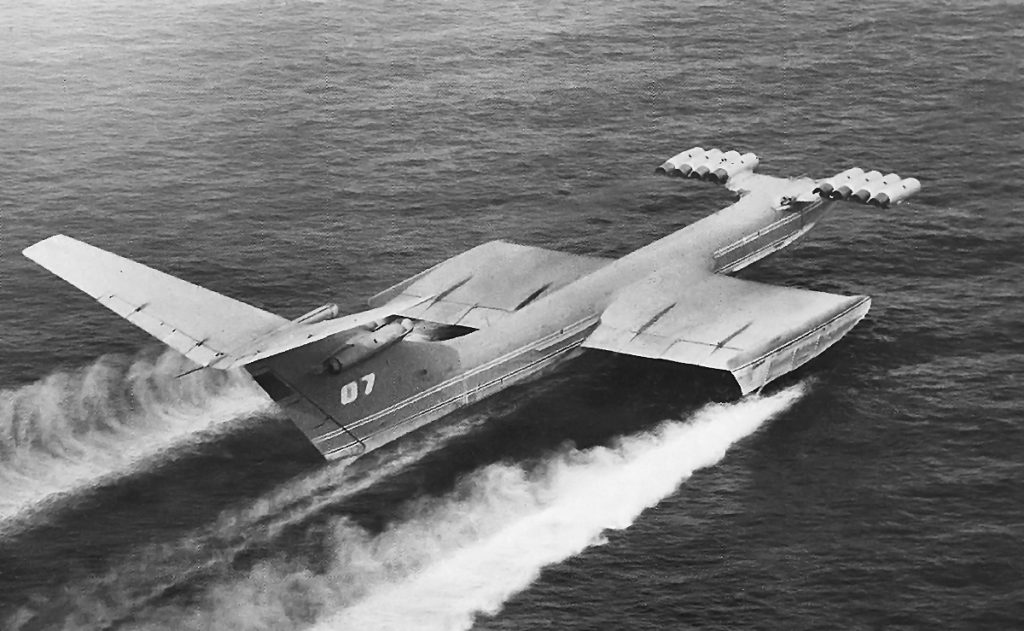
Ils se lancent alors, sous les ordres d’Alekseïev, dans la construction en mer Caspienne de toute une série d’appareils géants, dont le plus célèbre est le KM, surnommé le “Monstre de la Caspienne” : un ékranoplane de 100m de long, 40m d’envergure, et qui atteint la masse incroyable de 540 tonnes.
L’un de ses dérivés, le Lun, est aussi, en 1987, le seul Ekranoplane de combat à avoir passé le stade de prototype : armé de 6 missiles antinavires, il devait être capable de lancer des attaques fulgurantes sur les flottes ennemies.
La complexité et le coût exorbitant des Ekranoplanes auront raison de ce programme : au final, très peu d’exemplaires seront construits ou même mis en service avant l’effondrement de l’URSS. Aujourd’hui, la plupart de ces monstres pourrissent sur les bords de la Caspienne, mais certains sont aussi conservés dans des musées.
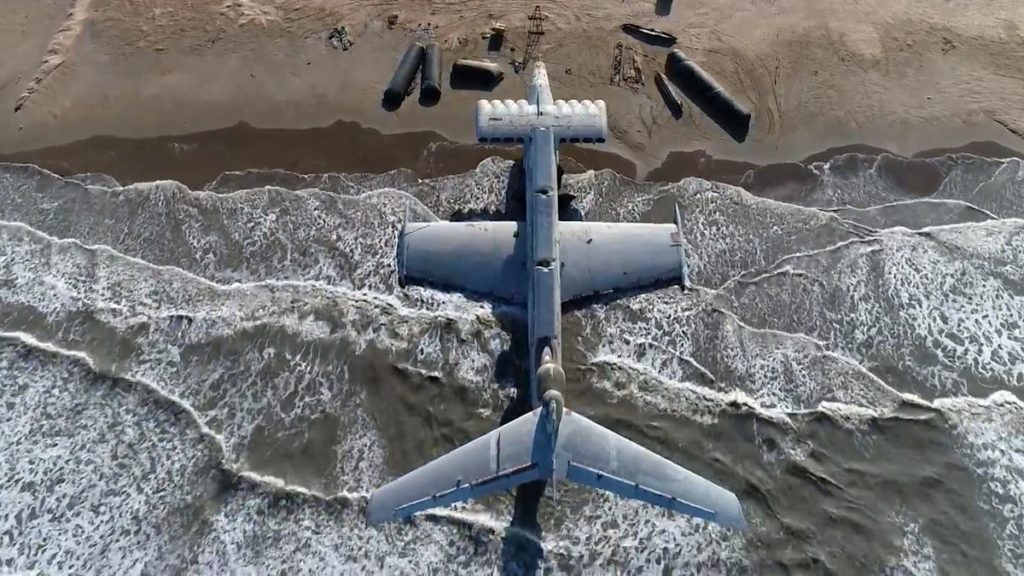
Le renouveau des Ekranoplanes ?
Si l’échec des projets soviétiques tient en partie à leur démesure, le concept d’Ekranoplane reste pertinent.
Aujourd’hui, plusieurs sociétés continuent donc à miser sur cette technologie, avec des projets bien plus modestes, et en y apportant les innovations modernes, notamment structurelles. L’idée est notamment de fournir des services équivalents à ceux des hydravions : ravitaillement, transport ou secours.
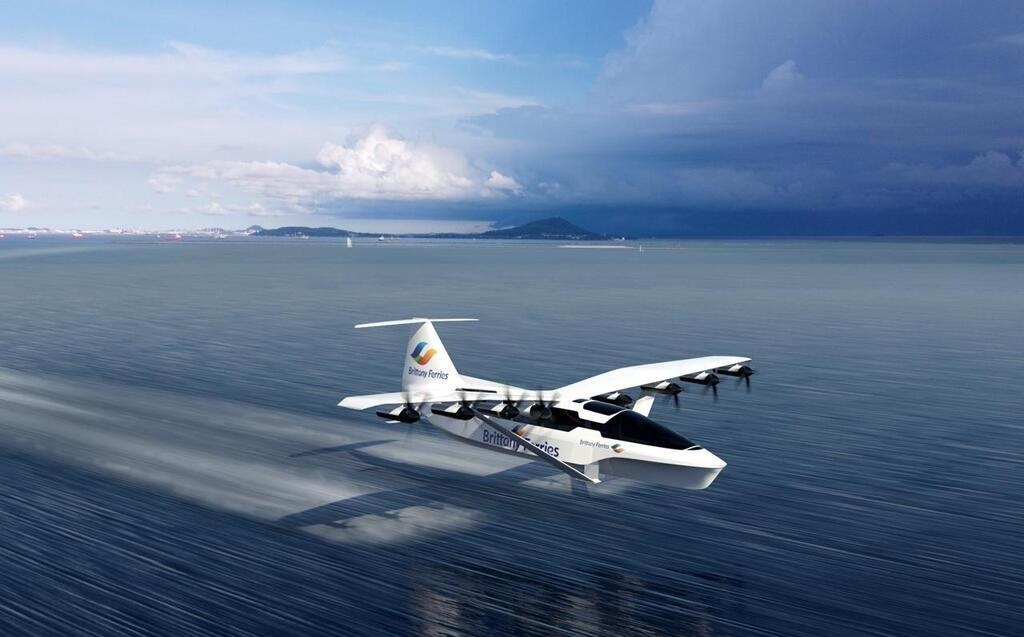
Mais alors que le combat amphibie a le vent en poupe, et que l’on parle de la zone Pacifique ou de l’Arctique comme de futures zones de conflit, les militaires voient aussi un avenir à l’ékranoplane : les Russes et les Chinois ont d’ores et déjà annoncé travailler sur de nouveaux concepts, et la DARPA américaine a aussi relancé en 2021 des études conceptuelles.
Alors, les ékranoplanes, spectaculaires appareils, vont-ils faire leur retour sur le champ de bataille du futur ? Il est encore trop tôt pour le dire, mais ils mériteraient sans doute d’être plus présents dans le jeu vidéo, ou même pourquoi pas, le cinéma, car ils s’intègrent parfaitement dans des scenarii de techno-thriller ou de films d’action…
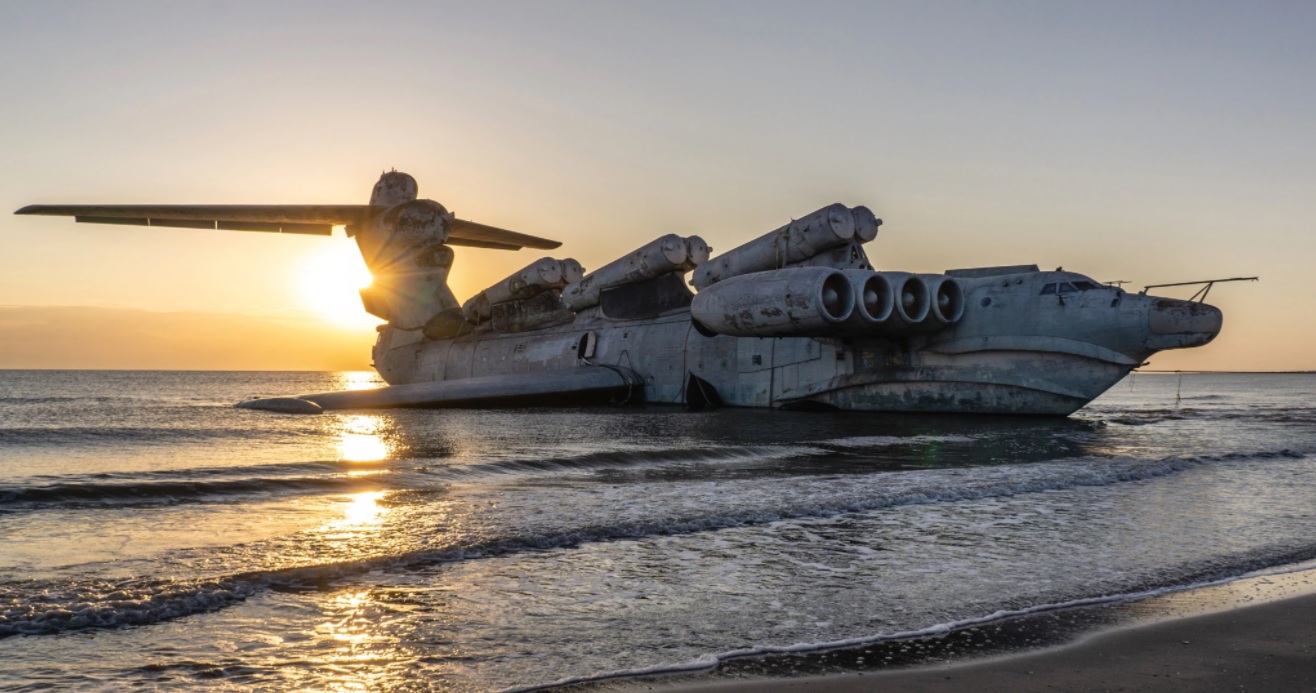
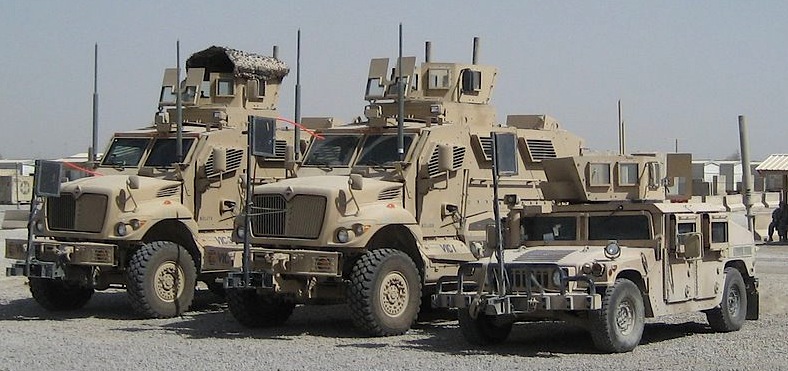
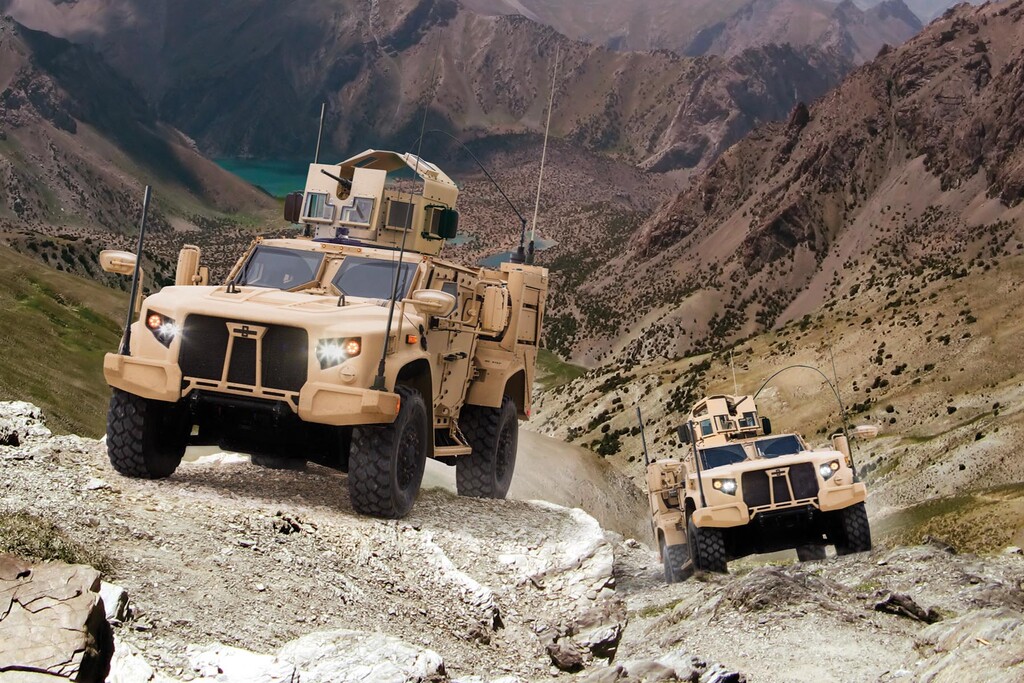
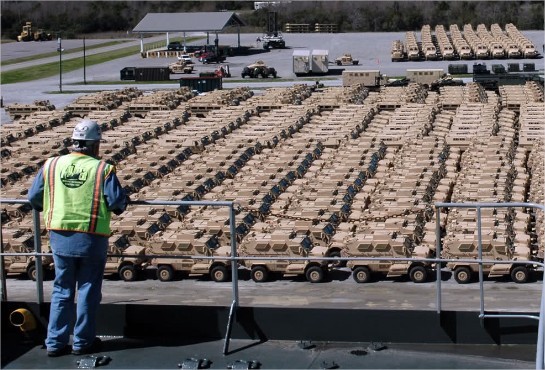
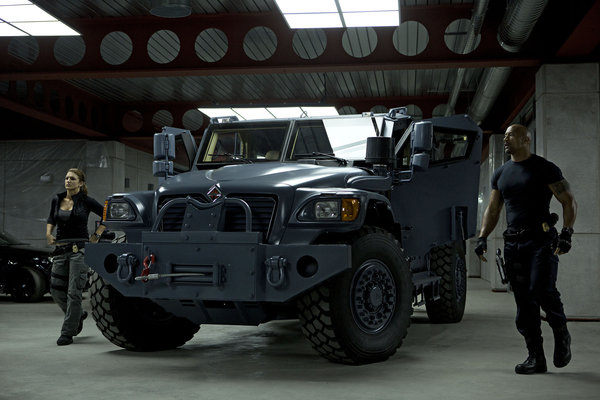
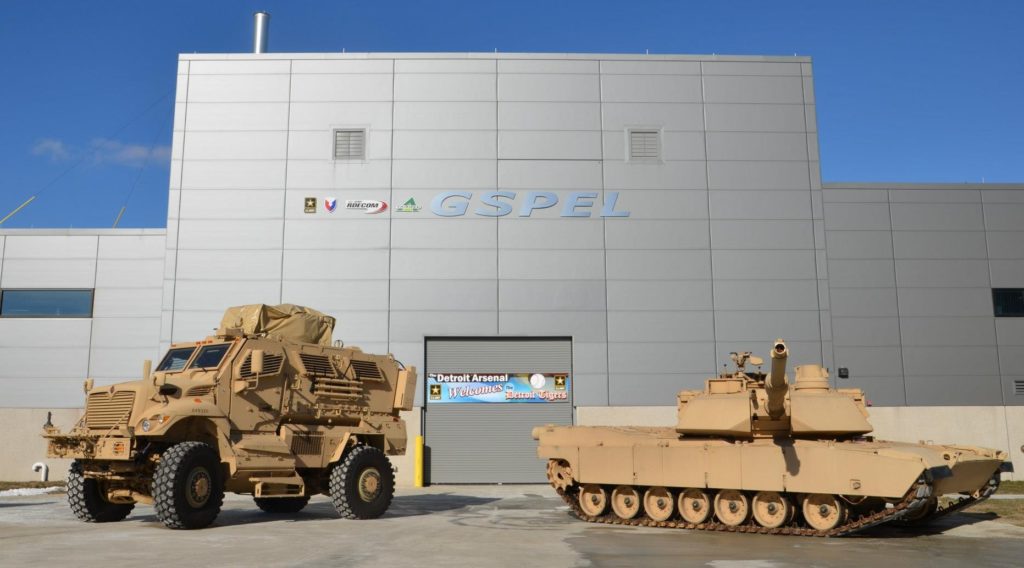
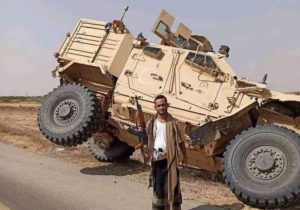

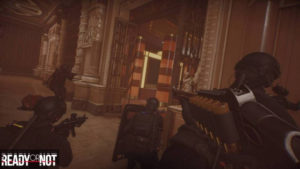 Logically enough, the mission starts with the equipment sequence. Here again, the choice of anchoring the mission in the reality of SWAT is striking: in RoN, there are no useless or crazy gadgets: we are dealing with classic equipment, which can be found in any American police station and which is perfectly tested..
Logically enough, the mission starts with the equipment sequence. Here again, the choice of anchoring the mission in the reality of SWAT is striking: in RoN, there are no useless or crazy gadgets: we are dealing with classic equipment, which can be found in any American police station and which is perfectly tested..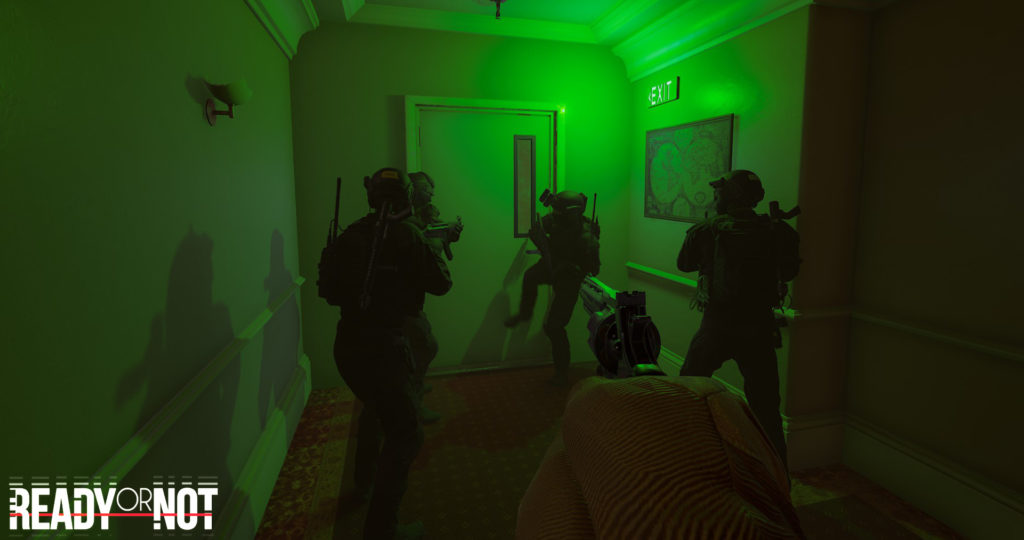
 We can also see that even if the game is not graphically perfect (it is still in beta), it is generous and authentic. The dark environments also force you to use all the light tools at your disposal (light intensifier, sticks, relevant use of the tactical lamp). And above all, its intransigence is a real challenge, which pushes the players to excellence as could do, for example, the episodes Rogue Spear or Raven Shield of the RAINBOW 6 series.
We can also see that even if the game is not graphically perfect (it is still in beta), it is generous and authentic. The dark environments also force you to use all the light tools at your disposal (light intensifier, sticks, relevant use of the tactical lamp). And above all, its intransigence is a real challenge, which pushes the players to excellence as could do, for example, the episodes Rogue Spear or Raven Shield of the RAINBOW 6 series.